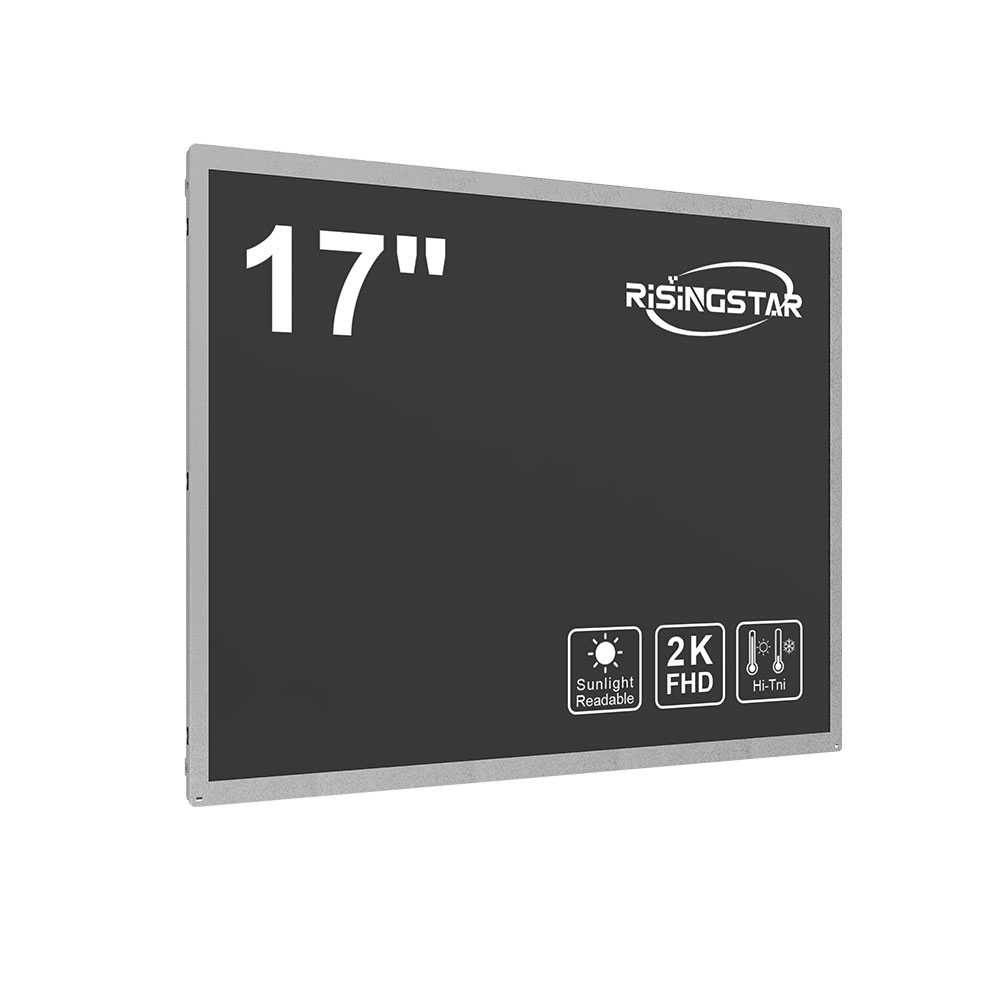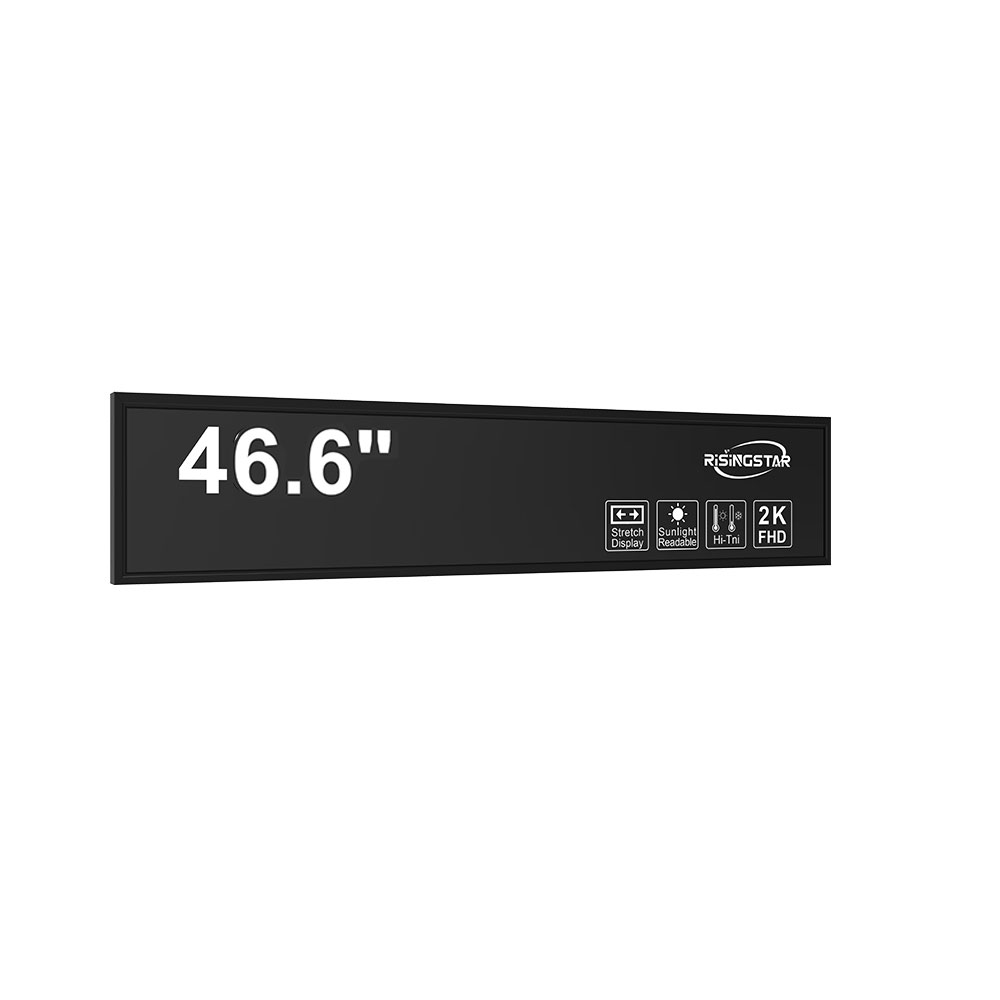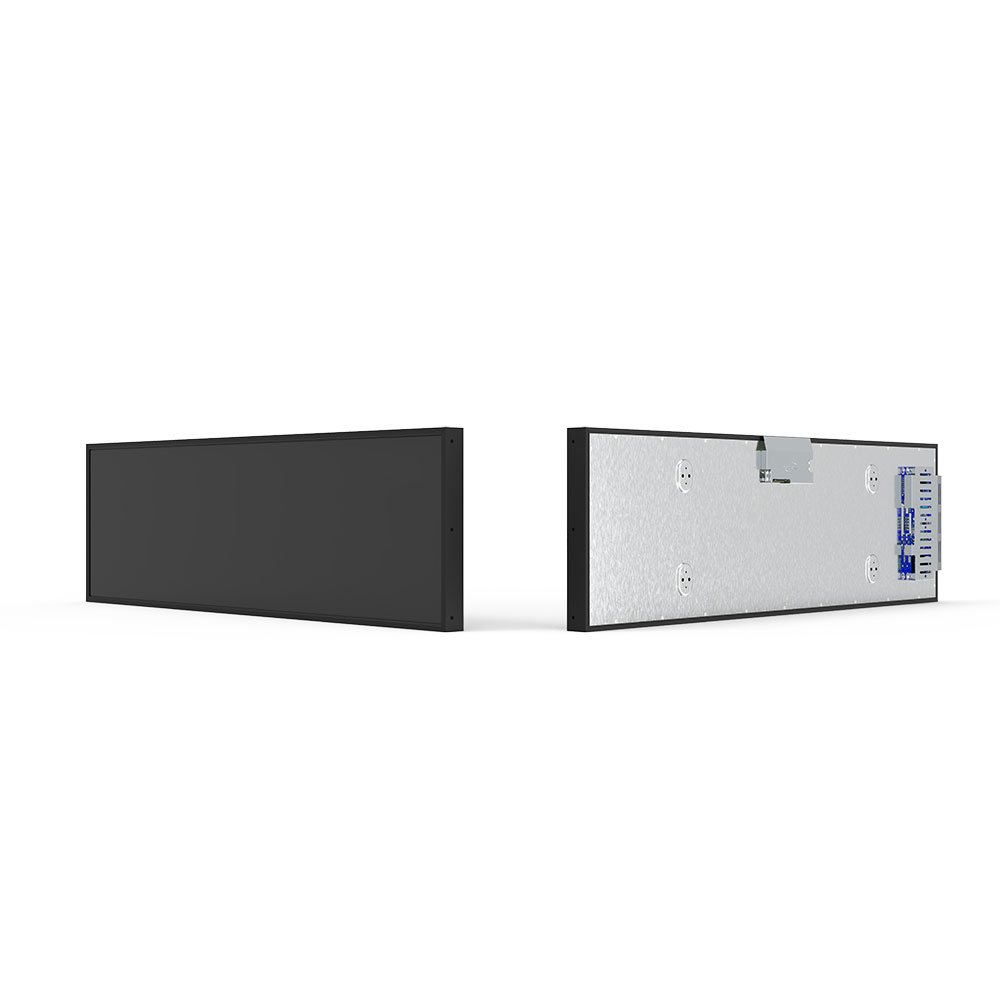- Home
- About Us
- Products
- News
- Video
- Contact
- Send Inquiry
Search
- Home
- About Us
- Products
- News
- Video
- Contact
- Send Inquiry

In today’s increasingly mobile and outdoor-focused industries—from military operations and industrial automation to transportation and public information systems—the demand for high-brightness sunlight-readable LCD screens has surged. These displays are engineered to remain legible under extreme lighting conditions, including direct sunlight, making them indispensable in environments where standard LCDs fail.
The core challenge in designing such screens lies in achieving sufficient luminance while maintaining energy efficiency, color accuracy, and long-term reliability. According to industry standards like ISO 9241-307 and MIL-STD-810, sunlight-readable displays must typically achieve a minimum brightness of 5,000 cd/m² (candela per square meter) under full sunlight conditions—up to 10 times brighter than typical indoor displays (which average around 300–500 cd/m²). This performance is critical for applications ranging from aviation control panels to highway digital signage and construction site monitoring equipment.
Modern high-brightness LCDs employ multiple technologies to meet these demands. First, advanced backlighting systems using LED arrays with local dimming control provide uniform illumination without excessive power draw. Second, anti-reflective coatings—often based on nanostructured or multi-layer dielectric films—reduce glare by minimizing surface reflections. Third, polarizer enhancements, such as those using the “IPS+” (In-Plane Switching Plus) technology, improve viewing angles and contrast ratios even at high brightness levels.
A case study from the U.S. Department of Defense highlights the use of sunlight-readable LCDs in field-deployable command units. These displays were tested in desert environments with ambient light exceeding 100,000 lux and maintained readability at all times—even during midday sun. The success was attributed to a combination of high-luminance LEDs (rated at 6,000 cd/m²), a matte-finish glass overlay, and optimized firmware algorithms that dynamically adjust contrast based on ambient light sensors.

Moreover, recent innovations in OLED-based sunlight-readable displays are emerging, offering higher contrast ratios and faster response times. However, OLEDs still face challenges in brightness scalability and power consumption compared to traditional LCDs. For now, LCD remains the dominant choice due to its cost-effectiveness, durability, and proven performance across diverse sectors.

From automotive dashboards to smart city kiosks, high-brightness sunlight-readable LCDs are not just an upgrade—they’re a necessity. As global markets shift toward more resilient, real-time display solutions, manufacturers must prioritize robust design, rigorous testing protocols, and user-centric features like touch responsiveness and environmental resilience (e.g., IP65 rating for dust and water resistance).
With ongoing R&D focused on energy-efficient backlights, AI-driven brightness adaptation, and flexible display integration, the future of outdoor-readable displays looks brighter—and clearer—than ever before.
